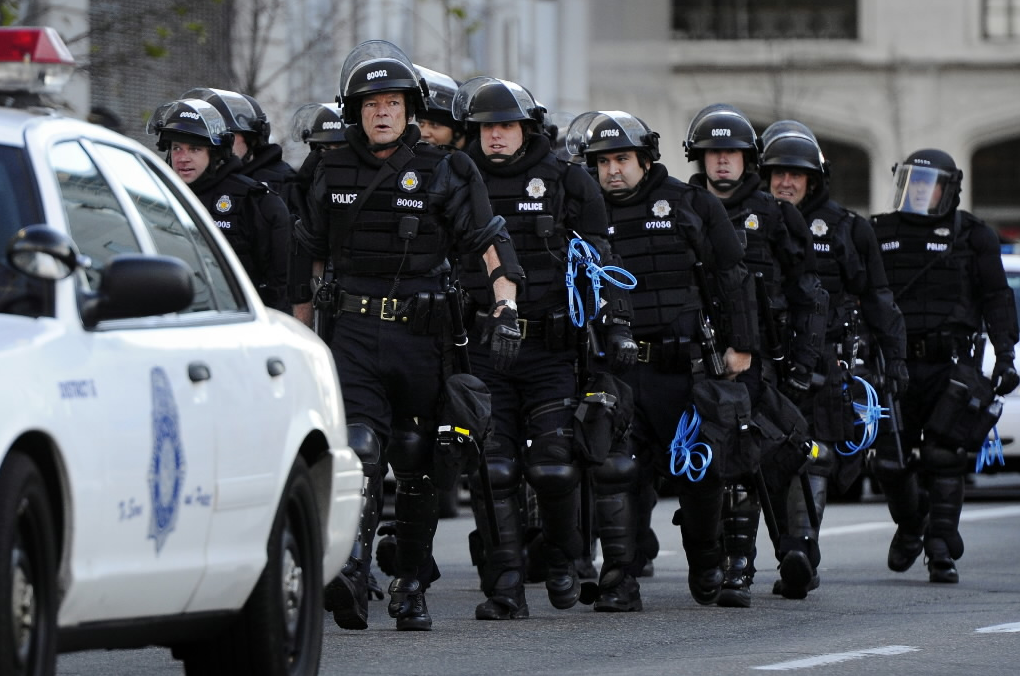The Canadian dollar hit a two-year high on Wednesday, after making headlines earlier this week for reaching 80 cents U.S. for the first time in 14 months. The last time the Canadian dollar was trading above 80 cents U.S. was in May 2016, and the loonie’s current valuation represents a 10 per cent increase in the value of the loonie since early May 2017, leading Bloomberg to declare the Canadian dollar to be the best-performing major currency of the last two months.
In early May 2017, with the loonie trading at a 16-month low — at one point falling below 73 U.S. cents — the National Bank of Canada labelled the Canadian dollar the “ugly duckling” of world currencies. The reasons for the Canadian dollar’s low performance were many. With the dispute with the U.S. over softwood lumber, low oil prices plaguing the Alberta economy, the perception that the Bank of Canada was likely to continue dragging its feet on interest rate hikes, and anxiety over the Toronto housing market, investor confidence in the loonie sank. Confidence was so low that at one point in May, speculators were net short 99,000 Canadian dollar contracts — in other words, 99,000 bets against the loonie.
But the Bank of Canada’s interest rate hikes on July 12, the underperforming U.S. greenback, and the strong Canadian economy have buoyed the loonie to a two-year high. The Fed’s dovish statement, released Wednesday, further contributed to the loonie’s surge. The Canadian dollar’s increased value is welcome news for investors, importers, and Canadians traveling to the U.S. The same cannot be said for Canadian investors in American businesses or for Canadian exporters; Canadians investing in American businesses will see their investments suffer as a result of the rising loonie, while Canadian businesses which export their products will see their comparative advantages in foreign markets decrease.
The loonie has been pushed upward by the Bank of Canada’s recent move to raise interest rates. After seven years of easy money, the policy interest rate was raised 25 basis points from 0.5 per cent to 0.75 per cent on July 12. It is unlikely that the central bank will stop there; there is a nearly 80% chance that the Bank of Canada will raise interest rates again in the fall, causing the loonie to continue rising.
Underpinning both the interest rate hike and the loonie’s rally is robust growth in the Canadian economy, which is outperforming both initial expectations and its economic peers. According to the most recent report by the International Monetary Fund, Canada is expected to see the highest economic growth of any G7 country in 2017, with a projected GDP growth of 2.5 per cent.
Key sectors of the Canadian economy have been showing encouraging signs of growth. Retail sales were up 0.6 per cent from May to April. The economy is recovering from the low prices of crude oil — one of the top three Canadian exports — which have plagued the economy for years. Alberta, which accounts for over 60 per cent of the country’s energy production, was hit especially hard by the low prices of crude oil. However, the province’s economy is stabilizing; after shrinking by 4 per cent in both 2015 and 2016, the economy is on track to grow an estimated 3 per cent this year. With Saudi Arabia and other OPEC countries promising on Tuesday to curb crude oil exports, investors’ outlook for Canadian crude remained positive and oil prices continued to climb, sustaining the loonie’s rally well into the day.
While speculators were net long over 8,000 Canadian dollar contracts this week, suggesting faith in the loonie’s continued rise, others expressed caution, citing concerns such as uncertainty over whether the U.S. Federal Reserve and the Bank of Canada could renege on their expressed intent to continue raising interest rates, and the low probability that crude oil prices would continue to rise. Such circumstances could drag the loonie down. But if the Bank of Canada does continue to raise interest rates in the fall, the loonie is likely to continue on its current upward trajectory.
Photo: Canada’s 2017 one-ounce Maple Leaf gold coin, with a face value of 50 dollars (2017), by CoinInvest GmbH via Creative Commons.
Licensed under CC BY-SA 4.0.
Disclaimer: Any views or opinions expressed in articles are solely those of the authors and do not necessarily represent the views of the NATO Association of Canada.




